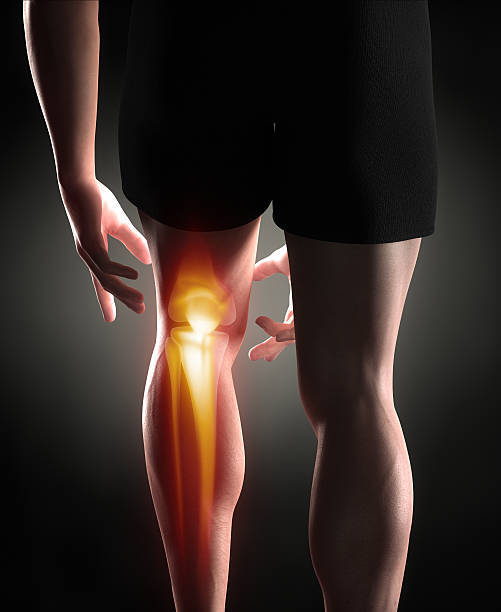
An in-depth Analysis of the Side Hop Test in Patients 9 Months Following Anterior Cruciate Ligament Reconstruction
15/06/2022
Urhausen AP. 1,2, Gette P. 3, Mouton C. 2,4, Seil R. 2,3,4, Cabri J. 2,5, Theisen D. 6
1 - NORWEGIAN SCHOOL OF SPORT SCIENCES, Department of Sports Medicine, Norway, Oslo
2 - LUXEMBOURG INSTITUTE OF RESEARCH IN ORTHOPEDICS, SPORTS MEDICINE AND SCIENCE, Luxembourg, Luxembourg
3 - LUXEMBOURG INSTITUTE OF HEALTH, Department of Population Health, Human Motion, Orthopaedics, Sports Medicine and Digital, Luxembourg, Luxembourg
4 - CENTRE HOSPITALIER DE LUXEMBOURG, Department of Orthopaedic Surgery, Luxembourg, Luxembourg
5 - VRIJE UNIVERSITEIT BRUSSEL, Faculty of Medicine, Department Gerontology, Belgium, Brussel
6 - ALAN – MALADIES RARES LUXEMBOURG, Luxembourg, Luxembourg
Summary
Purpose: The current criterion to evaluate 30-second side hop (SH) test performance following anterior cruciate ligament reconstruction (ACLR) is limited to the absolute number of jumps, neglecting the quality of execution. This study aims to assess the relevance of spatiotemporal and force plate derived parameters during the SH test.
Methods: Seventeen patients nine months post-surgery and 27 healthy controls were instructed to realize a maximal number of jumps during 30 seconds over a 40 cm-distance. Spatiotemporal and force plate derived variables were recorded from two force plates: number of jumps, flight time, contact time, jump distance, vertical impact force, average and instantaneous vertical loading rate. Group (patients and controls) by leg (non-operated/first tested and operated/second tested) interactions were tested using a mixed model analysis of variance.
Results: Patients performed a similar number of jumps compared to controls. No differences were found for spatiotemporal and force plate derived parameters, neither for lateral nor medial jumps. High interindividual spread of impact peak forces existed in both groups.
Discussion: Patients 9 months following ACLR and successful rehabilitation can safely perform strenuous lateral hops similar to controls. Although the force plate derived parameters during the SH test were normalized compared to controls, impact peak forces outlined particularly high loading parameters in some participants. Applying biomechanical analysis in association to the commonly used clinical parameters helps to point out individual and potentially harmful loading strategies during the SH test.
